Smiths Island in Lake Apopka is named for Snapper lawnmower inventor
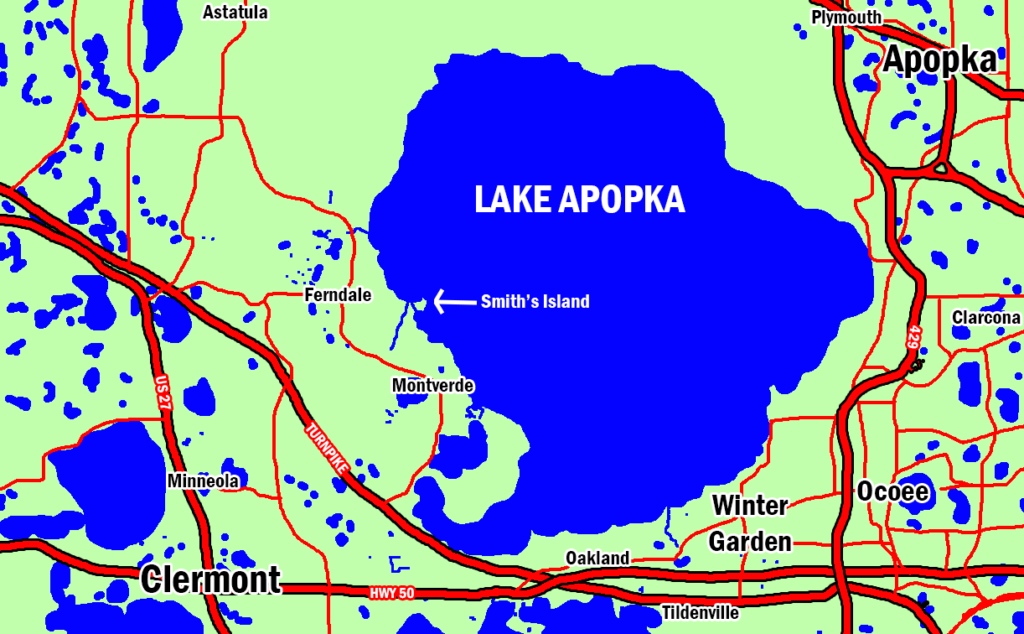
Lake Apopka is Florida’s fourth-largest lake. It was once home to some of the best fishing anywhere. However, by 1970, it became the state’s most polluted. Phosphates and pesticides from agriculture in the north and runoff and sewerage spills from development in the south destroyed it, making Lake Apopka virtually uninhabitable. Thanks to the work of environmentalists, birds, and aquatic life are returning. The lake is on the long road to recovery.
On the lake’s western shore, just north of Montverde’s town limits, we find 13-acre Smith’s Island. It is inaccessible from mainland Lake County. On the other side of the shore is a mile of undisturbed wetlands. It has only had a few owners since the first white settlers and fishermen visited it in the mid-1800s. Based on Native American artifacts found nearby (including a canoe pulled from the muck in 1979), early hunter-gatherer tribes frequented the spot centuries before Europeans arrived.
From Kirk’s Island to Smith’s Island
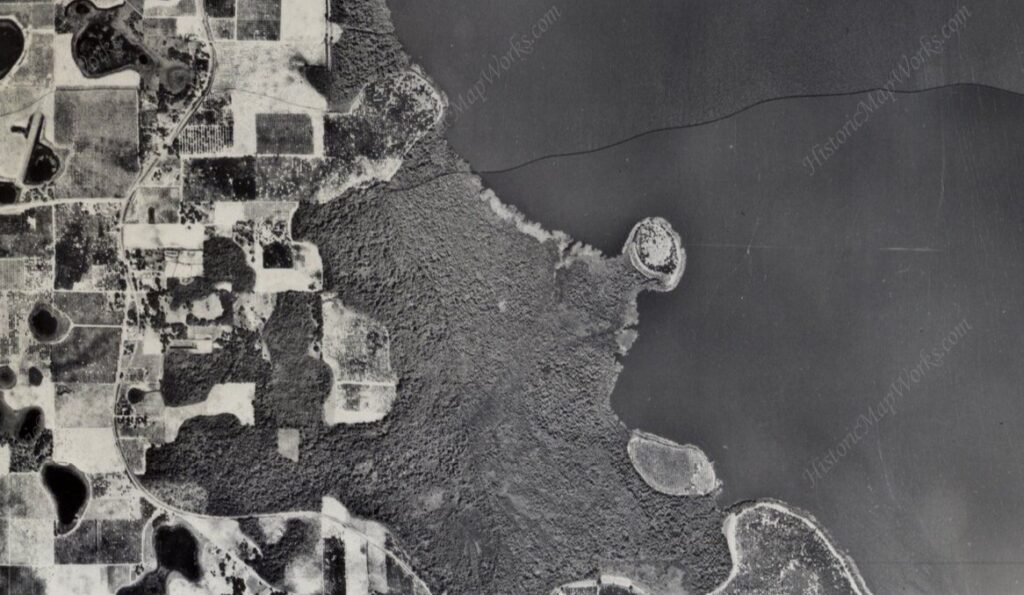
Montverde’s pioneers referred to the island as Kirk’s Island. It was named for former owner George A. Kirk, who has a park named for him in downtown Montverde. Lucius Neal Smith purchased it in 1934 from C. S. McEwean and named it for himself.
Smith was born in Georgia in 1900. His family moved to Montverde in 1911 and enrolled him in the new private school there, Montverde Industrial School. The world-famous school was later renamed Montverde Academy. After graduating in 1922, he earned a degree from Emory University and worked there as head of maintenance for 25 years. Around 1944, he returned to Montverde and quickly became one of Lake County’s most prominent citizens.
He served three separate terms as President of his alma mater (Montverde Academy) and founded the People’s State Bank of Groveland. He became a large investor in real estate, owning around 800 acres primarily for citrus and cattle. One of those investments was 400 acres along Lake Apopka, including Smith’s Island.
Smith loved the tiny oasis and spent countless time and money improving the land. He grew vegetables and citrus, planted grasses, built a sea wall and dock, and dredged the canal. By pontoon boat, he shipped a cattle herd to the island. As the bovines approached their new home, they shifted to the front, and the ship began to tip. They were almost sunk, with the motor pulled entirely out of the water. Luckily, the rancher coaxed the cattle to swim the remaining 50 feet, and all were saved!
However, Neal Smith did not become famous for his cattle, groves, real estate, banking, or education. His most lasting legacy is lawnmowers!
The Snappin’ Turtle
Smith was a prolific inventor, always coming up with ideas from the practical, such as a citrus harvesting machine, to the crazy, like a baby rocker that also peeled potatoes and churned butter. However, it was around 1944 that he and his brother, Alex, invented a self-propelled lawn mower called the Whirler Glide. It had a skid pad on the front, with no wheels, but cruised over grass and even up the grades of Montverde’s hills with little effort.
The brothers tinkered in the Montverde garage for the next four years to perfect the device and filed for half a dozen patents. In 1948, they went to market. They thought the machine resembled a snapping turtle with its rounded green shell, so they embraced it. They branded their mowers with a turtle head on the front and called it the Snappin’ Turtle.
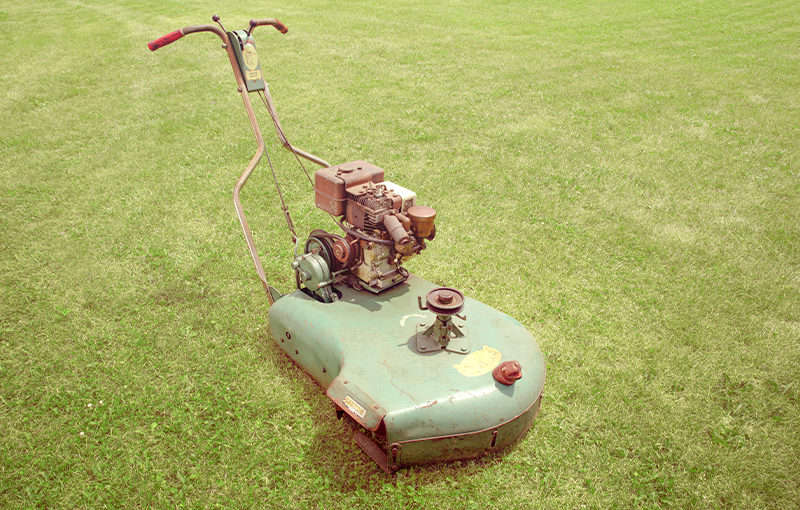
For the next three years, they hired a team of ten to manufacture the mowers at their Montverde facility. The brothers’ innovation became widely renowned as the best in the industry, and they sold hundreds per year. Scale and profitability proved challenging, though, so they sold their patents to a tool manufacturer called Southern Saw Works in Atlanta. The new owners found distributors throughout the Southeastern United States, and sales went like gangbusters.
Smartly, the Smith brothers secured royalties as part of the sale, so they continued to benefit after its success. Alex Smith moved to Sanford and formed Smitty’s Snappin’ Turtle Mower Shop, while Neal remained in Montverde with his own dealership (Whirler Glide Mowers). By the 1960s, the line of lawnmowers (including riding varieties) became the tool company’s best-seller and primary focus. In 1976, they shortened the name to “Snapper” and rebranded the company with this new trademark. It was acquired by Briggs & Stratton in 2003.
Snapper Island
Neal Smith stayed active well into his 80s and was a ripe pain in the butt for the local and state government. He loved his Lake Apopka island and spent an increasing amount of time there with his herd of Black Angus cattle. In the 1980s, he renamed it “Snapper Island” and erected a wooden placard welcoming his visitors.
The lake was slowly reclaiming the island, so the octogenarian began a project to restore it in 1984. Since its separation from the mainland had been almost erased, Smith’s island was close to becoming a peninsula. Smith dredged a canal and widened the gap to 30 feet wide and five feet deep. The extracted dirt was added to the island’s elevation to protect it from flooding.
There was one problem. After permitting bureaucracy dragged on for six months, the pioneer figured it was easier to ask for forgiveness than permission. Officials and environmentalists were not amused. Concerned with how his activities might impact the already damaged lake, they asked him to fill the canal back in. He stubbornly refused.
“I know I got no right to go against the government,” said Smith, “All my life, I tried to do things peaceably, but now I’m like Mr. Reagan: If they don’t let me do it, I’ll have to take matters into my own hands.”
Officials threatened prosecution. They postured for local newspapers that it would not be tolerated, but everyone knew the truth. There was no appetite to take a white-haired legendary citizen to court. The issue was quickly forgotten, and its island status was secured.
Smith died in April 1987 after months of illness at age 87. His wife, Bessie Pharr Smith, knew the beloved isle needed new caretakers.
Anthony Family
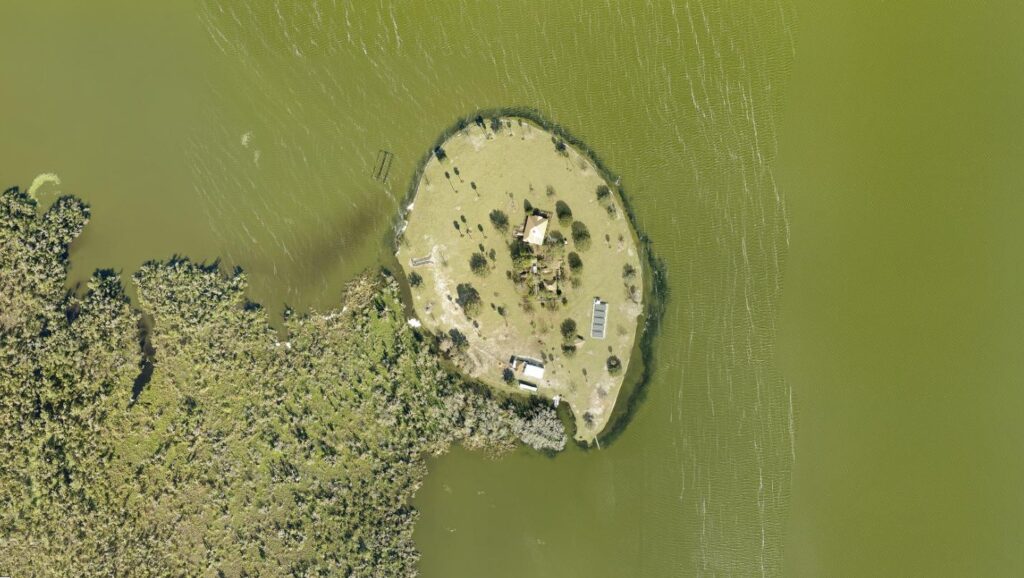
Deborah Anthony first saw Smith’s Island when the Smith family hired her company, Winter Garden Grassing, to do landscaping work there. She couldn’t wait to tell her husband, Chris, about the secluded gem. When Bessie Smith put the island on the market, they pounced! After some hemming and hawing over the price (Lake Apopka’s filthy reputation back then made it practically peanuts), the deal was finalized in 1989.
Chris Anthony was involved in various real estate investments, ranging from commercial to cattle ranching. In addition to traditional cattle, he added a herd of American Bison to his grazing pasture off Bluford Road in Ocoee in 1986. Soon after they acquired Smiths Island, Chris sent half of the buffalo across Lake Apopka on a barge.
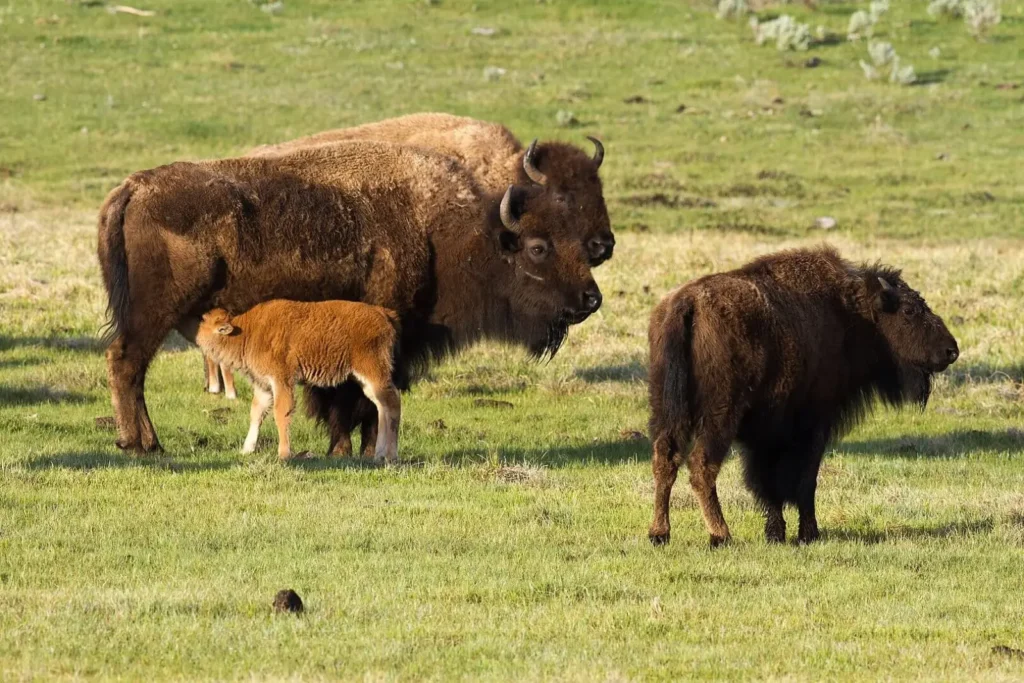
Not long after they arrived, four of them forded the thirty-foot canal and headed off toward Montverde! Chris rounded them up and returned them to Smith Island, but he wasn’t sure how he would contain them. The two-ton beasts had no problem trampling through standard fencing. Luckily, after they settled in, the jailbreaks stopped.
The island only had a small trailer, enough for a caretaker and nothing more. But for Debbie and Chris, it was way more than just grazing land. In 1992, they built a large home and made the island their primary residence, along with their four teenagers. Without any road accessibility, they had to boat to Montverde to pick up their mail and dump their garbage. Lightning storms, choppy water, and scores of alligators sometimes added to the challenge.
“The hardest thing,” said their eldest daughter, Jennifer, “was that your friends had to make an appointment to come see you.”
Developers Come Knocking
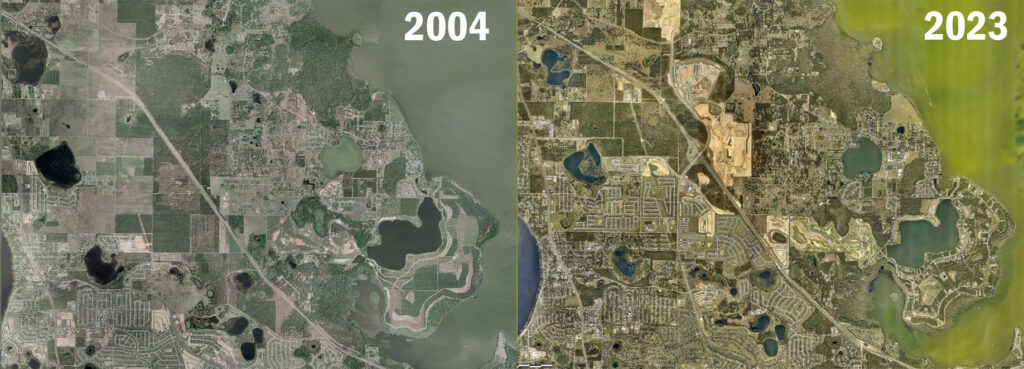
Montverde had an identity crisis after 2000. A flock of developers poured into the area; the town’s citizens fought them at every turn. However, the city limits were minuscule, and there was no recourse for the zoning outside its borders. The Lake County Commissioners were more than willing to add to their tax base and bent over backward to accommodate new development. This allowed hundreds of luxury homes and golf courses on former agricultural lands around the community.
During the 2006 boom, lots on Lake Apopka’s nearby Pine Island sold for between one and three million dollars. Celebration-based Ginn Corp, owners of the Bella Collina community (just south of Montverde), indicated their interest in developing Smith’s Island island, too.
Chris and Deborah Anthony insisted it was not for sale at any price. They wanted to ensure that it never would be: not while they were around and not for centuries to come! In 2006, they placed the island into a trust with tight stipulations.
“I’m putting the island in a trust,” Chris Anthony told the Orlando Sentinel in 2006. “Only blood relatives can live on it for the next 360 years!”
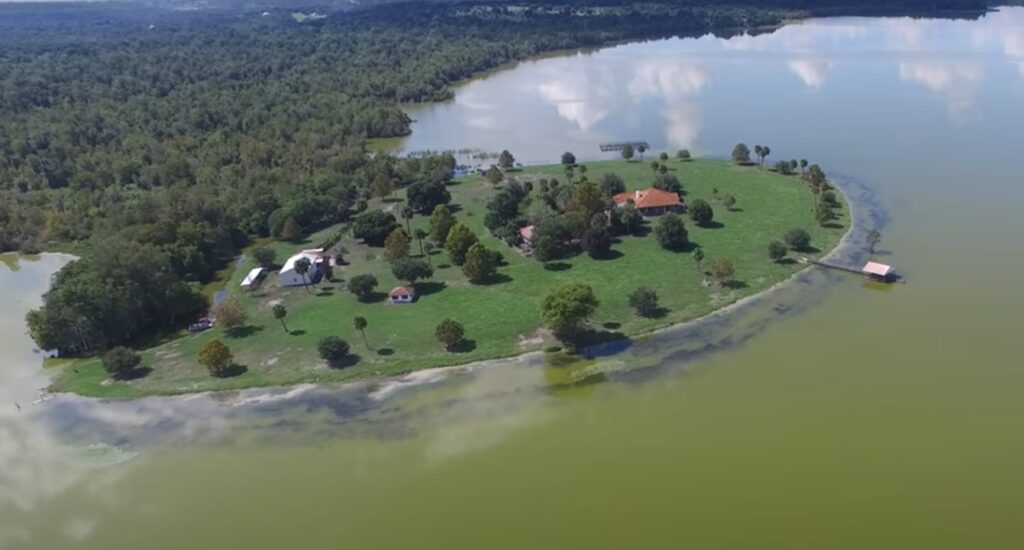
Since then, the rural buffer zone between Clermont and Montverde/Ferndale has evaporated. New communities have largely extinguished the beautiful rolling clay hills along the Turnpike. The race to preserve what’s left of the small town’s way of life and natural habitat continues.
The Anthony’s persist in their own version of Gilligan’s Island. They have added a barn, outbuildings, a guest house, and a bank of solar panels. The couple is now in their seventies and still loves their isolated homestead. In fact, Chris Anthony says he never plans to leave Lake Apopka. Like… ever.
“I told my kids that when I get old, they should tie a chicken around my neck, put me in a kayak, and give me to the gators.”
References
Dozens of sources were used to research this article. Here are a few primary ones.
- Weekly Floridian – June 10, 1884 (Kirk’s Island)
- Orlando Sentinel – October 1, 1950
- Atlanta Journal – March 18, 1951 (sale of patents)
- Tampa Tribune – August 26, 1951 (Smith sells island [but would later repurchase it])
- Orlando Sentinel – November 2, 1951
- Orlando Sentinel – November 15, 1951 (Smith buys 400 more acres)
- Orlando Sentinel – March 1, 1953
- Tampa Bay Times – August 2, 1953
- Orlando Sentinel – August 8, 1955 (brothers dispute)
- Orlando Sentinel – June 23, 1963
- Orlando Sentinel – May 15, 1977
- Orlando Sentinel – September 13, 1979
- Orlando Sentinel – August 5, 1985
- Orlando Sentinel – April 2, 1987 (Neal Smith obit)
- Orlando Sentinel – Decemeber 22, 1989 (Anthony family and buffaloes on the island)
- Orlando Sentinel – June 7, 1990 (buffalo roam)
- Orlando Sentinel – February 20, 1992 (native American artifacts)
- Orlando Sentinel – August 8, 1992 (Smith pulled property from Montverde)
- Orlando Sentinel – August 4, 1999
- Orlando Sentinel – June 10, 2002
- Orlando Sentinel – Februrary 25, 2006 [continued] (great article about Anthonys)
- Case Mine – Smith brothers battle in court (1955)
- History of Montverde Academy – First 100 Years
- My Montverde – Town History
- Lake County Property Appraiser – Ownership and aerial photos
- Montverde Academy website
- Green Mountain Scenic Byway
- Sunbiz – Business records
- Mapquest – Whirler Glide location
- Case Text – Smith vs Town of Montverde
- Houzz Discussion – Smitty’s Mower in Sanford mentioned by relatives

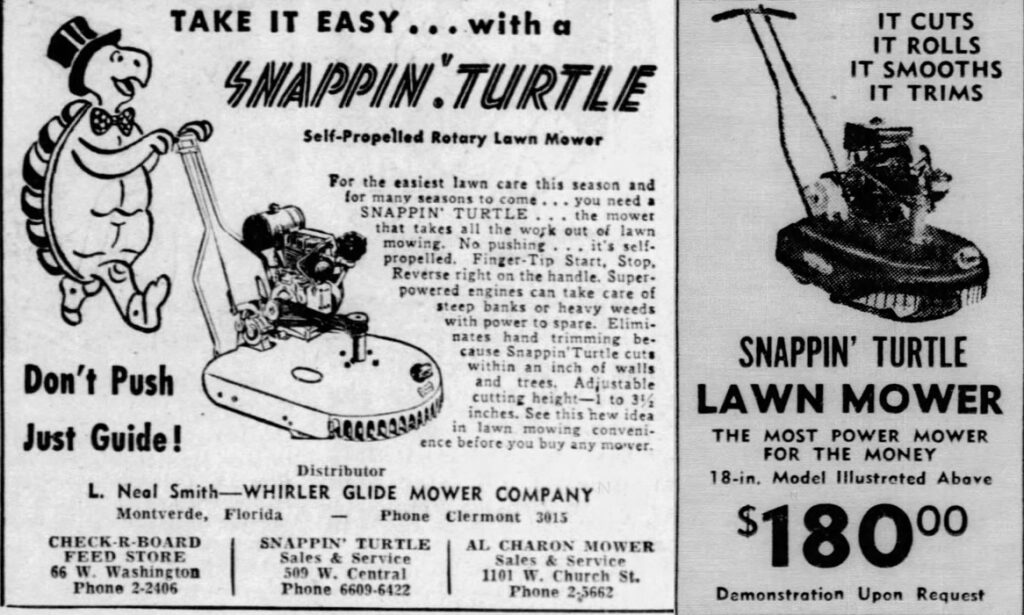
This post is 590 days old. Comments disabled on archived posts.